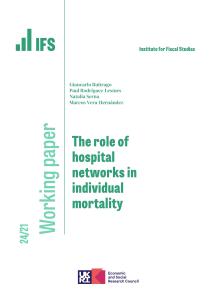Abstract
AIM:
Obesity is a well-established risk factor for developing Type 2 diabetes. Evidence suggests that sarcopenia, the age-related decline in muscle mass and strength, may exacerbate diabetes risk in obese individuals. The aim of this study was to determine the combined effect of obesity and low muscle strength, dynapenia, on the risk of incident Type 2 diabetes in older adults.
METHODS:
Participants were 5953 (1670 obese) men and women from the English Longitudinal Study of Ageing without known Type 2 diabetes at baseline and for whom handgrip strength, biochemical and other clinical data were collected. A diagnosis of Type 2 diabetes was recorded from self-reported physician diagnosis over 6 years.
RESULTS:
For each unit increase in grip strength, there was a reduction in diabetes risk (age-, sex- and BMI adjusted HR; 0.98; 95% CI 0.96-0.99). The risk of Type 2 diabetes was elevated in all obese participants, but was greatest in those with low handgrip strength (HR = 4.93, 95% CI 2.85, 8.53) compared with non-obese individuals with high handgrip strength. Eleven per cent of the sample met the threshold for weakness (handgrip strength: men < 26 kg; women < 16 kg) that was associated with elevated Type 2 diabetes risk in obese (HR = 3.57, 95% CI 2.04, 6.24) but not in non-obese (HR = 0.86, 95% CI, 0.44, 1.68) compared with normal/non-obese participants.
CONCLUSION:
Dynapenic obesity, determined by high BMI and low handgrip strength, is associated with increased risk of incident Type 2 diabetes in older people.
© 2015 Diabetes UK.








